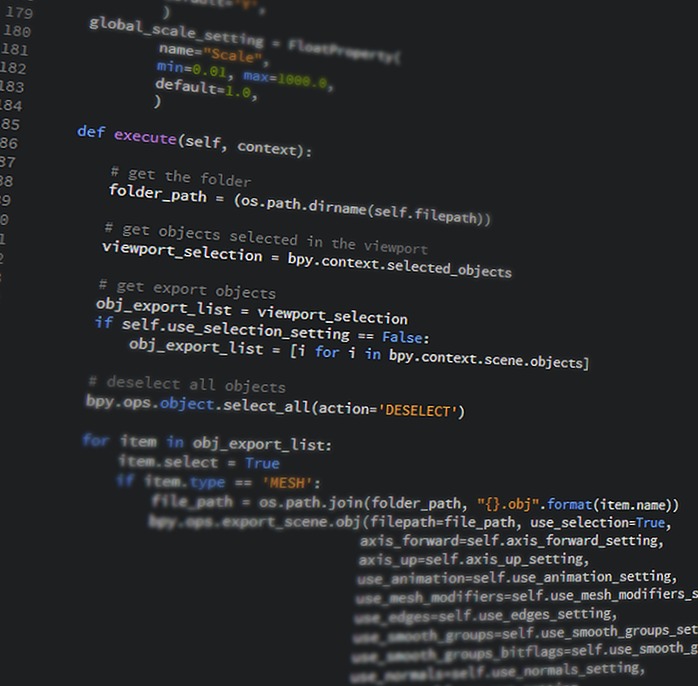| 일 | 월 | 화 | 수 | 목 | 금 | 토 |
|---|---|---|---|---|---|---|
| 1 | ||||||
| 2 | 3 | 4 | 5 | 6 | 7 | 8 |
| 9 | 10 | 11 | 12 | 13 | 14 | 15 |
| 16 | 17 | 18 | 19 | 20 | 21 | 22 |
| 23 | 24 | 25 | 26 | 27 | 28 | 29 |
| 30 | 31 |
- python 예제
- classcard 매칭게임
- textvariable
- pycrypto
- Tkinter
- Python
- 파이썬
- 타이핑웍스
- 클래스카드
- 오블완
- AES
- aes 암호화
- 티스토리챌린지
- 재생목록
- aes 복호화
- 모의 랜섬웨어
- Tkinter Label
- GUI
- 자동화
- 음원추출
- 랜섬웨어
- justify
- pytube
- typingworks
- customtkinter
- Selenium
- classcard
- 셀레니움
- Python GUI
- 클래스카드 매크로
- Today
- Total
파이썬이 제일 쉬워
[Python] Pycrypto로 AES 개날먹 복호화하기 본문
2024.06.12 - [Python] - [Python] Pycrypto로 AES 개날먹 암호화 하기
[Python] Pycrypto로 AES 개날먹 암호화 하기
반갑꼬리~ 오늘은 매우 간단하게 Pycrypto로 AES 암/복호화를 해볼겁니다.정.말.간.단.합.니.다. 10줄 안으로 끝남 ㅇㅇ 먼저 pycrypto를 설치해줍시당pip install pycrypto자 이제 틀부터 잡아봅시다.파일을
highbright.tistory.com
※ 전편의 암호화 방식을 이용한 방식만 가능합니당...
자 이번엔 전편에 이어서... 암호화를 했으니 복호화를 하는 방법에 대해서 알아봅시다.저번보다 더 간단합니다. 무려.... 8줄컷!!
설명드갑니다.
with open(input_file, 'rb') as f:
iv = f.read(16) # 초기화 벡터를 읽어옵니다. 전에서 16bytes로 설정했기 때문에 여기도 16bytes입니다
cipher = AES.new(key, AES.MODE_CBC, iv) # 새로운 암호화 모듈을 생성해줍니다.
ciphertext = f.read() # 나머지 내용을 읽어옵니다.
decrypted_data = unpad(cipher.decrypt(ciphertext), AES.block_size)
=> 먼저 cipher.decrypt(ciphertext)로 내용을 복호화하고, 처음에 패딩한 상태로 암호화했으니 다시 패딩을 풀어줍니다.
with open(input_file[:input_file.rfind('.')], 'wb') as f:
f.write(decrypted_data)
=> input_file[:input_file.rfind('.')] 이건 파일 맨 뒤 확장자를 때주는 앱니다.
test.mp4.aes 파일을 test.mp4 이런 형식으로 다시 저장합니다.
정말 간단하죠?
근데.. 역시 여기서 끝나면 실제로 쓰긴 쉽지않슴다.
그래서 GUI를 조금 뜯어 고쳐봅시다.

쟈쟈잔~
매우 간단하게 완성했습니다. 총 100줄도 안돼서 완성!
그럼 담에 봅시다!
'Python' 카테고리의 다른 글
| [Python/Selenium] ClassCard 리벤지, 테스트/매칭게임 자동화 (0) | 2024.06.18 |
|---|---|
| [Python/Pycrypto] Pycrypto로 유사 랜섬웨어 간단하게 만들기 (1) | 2024.06.15 |
| [Python] Pycrypto로 AES 개날먹 암호화 하기 (+ 패딩(padding) 개쉽게하는 법) (1) | 2024.06.12 |
| [Python/Customtkinter] 너무나도 쉬운 Customtkinter Label(CTkLabel) 부셔먹기 (1) | 2024.06.12 |
| [Python] 개쉽고 간지나는 customtkinter 써보기 (1) | 2024.06.12 |




